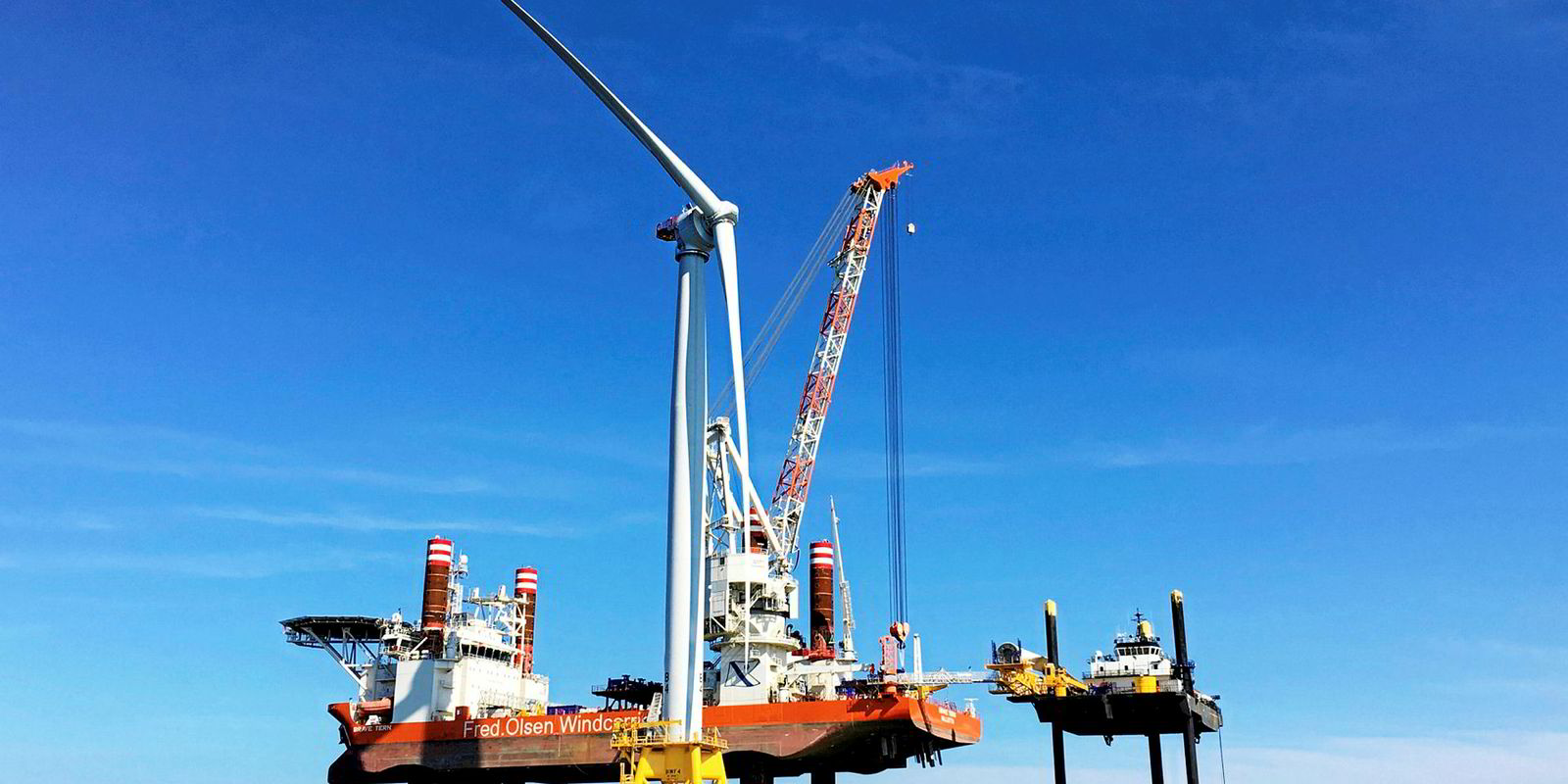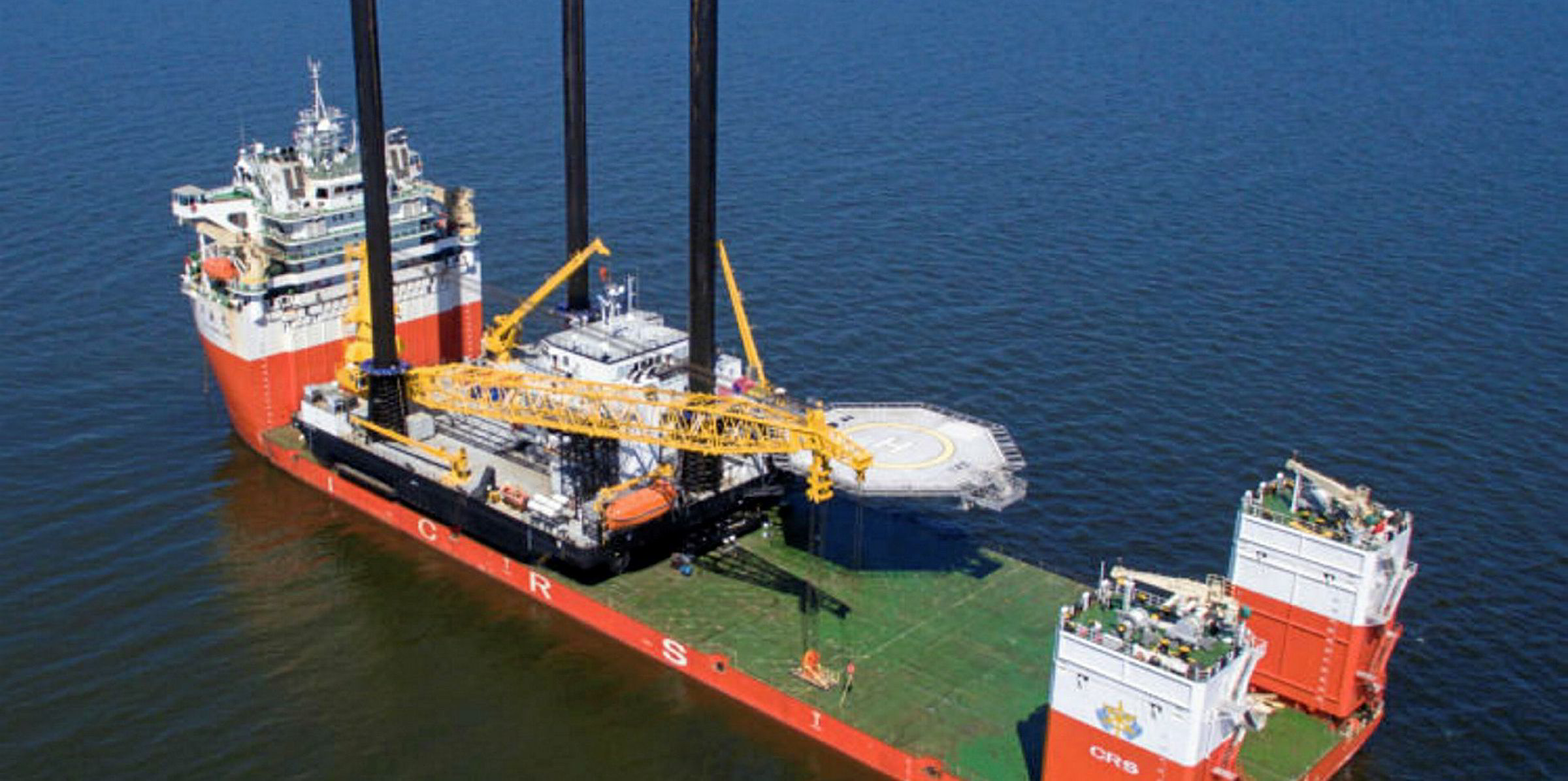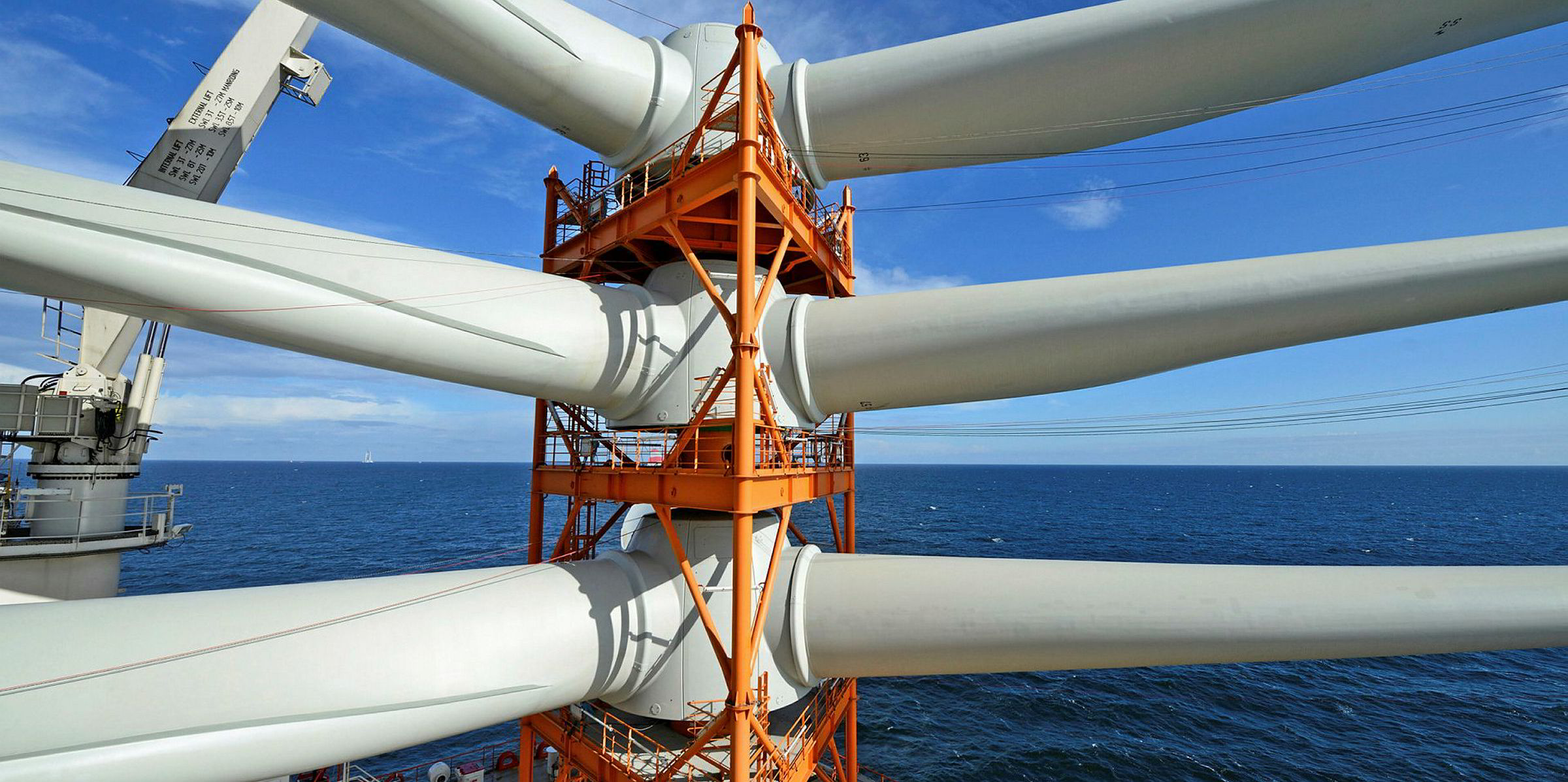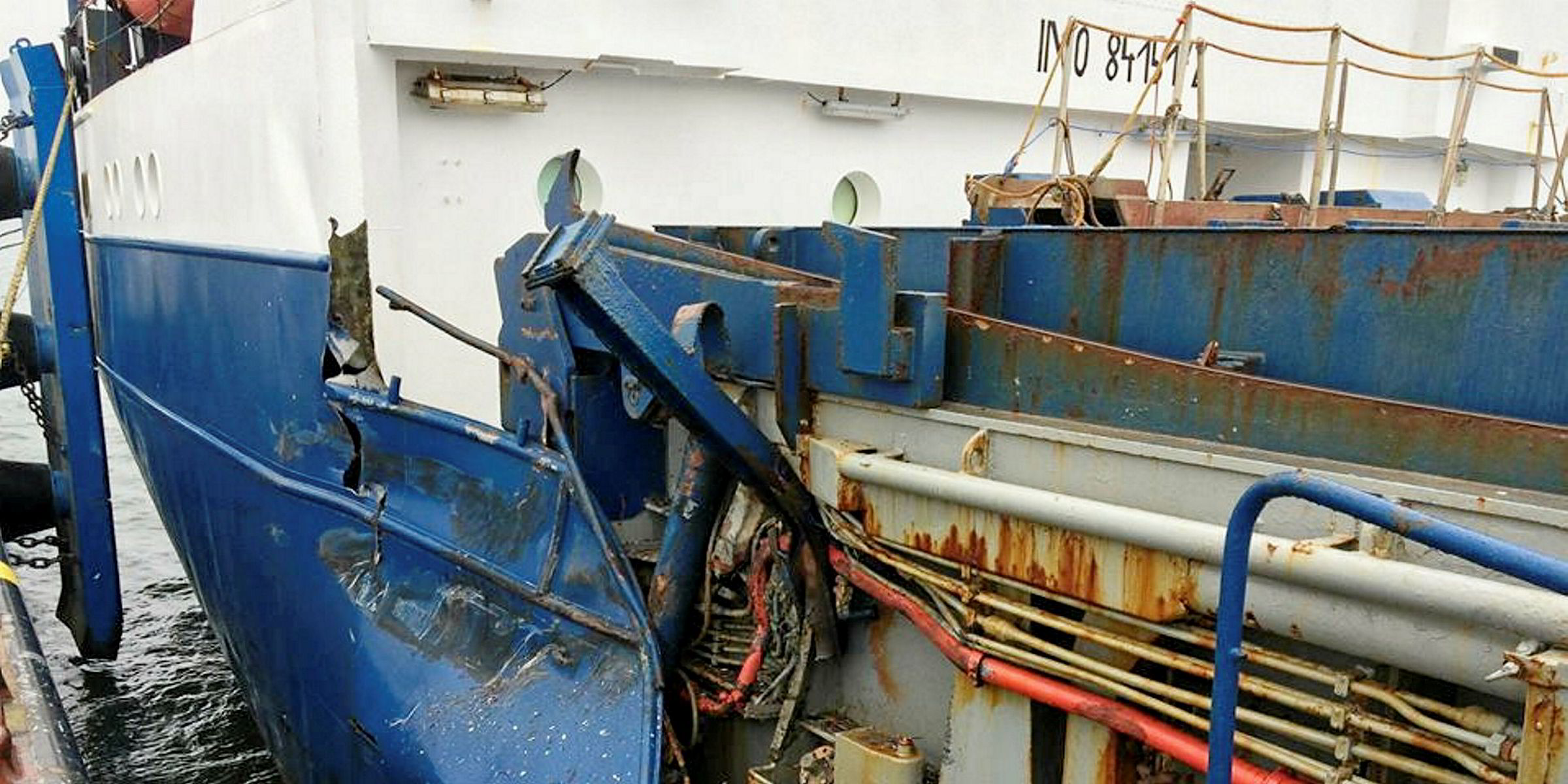Donald Trump is not known for pushing renewable energy, but his administration is waving through a growing pipeline of offshore wind projects and proposals that are expected to open opportunities for vessels to serve construction and support operations in this burgeoning sector.
With strong offshore wind experience in Europe, the projects are unfolding as cross-Atlantic partnerships, with European utilities the driving force for many projects.
That carries into the maritime realm, where European shipowners have the know-how and the ships, but the cabotage law known as the Jones Act creates logistical challenges for foreign-flag vessels.
“What we are seeing here is the European industry basically spearheading into the US market,” said Frederik Colban-Andersen, a Clarksons broker whose offshore subsea and renewables division has been helping customers break into the US wind market.
More leases up for sale
Although the Trump administration has shown a friendliness to fossil fuels, the Bureau of Ocean Energy Management has continued the sale of wind leases, with 16 commercial leases approved so far, according to law firm Blank Rome. More sales are teed up for approval this year.
Lease winners include Norway’s Equinor, which is planning Empire Wind on 80,000 acres (324 square kilometres) of federal waters off New York state’s Long Island.
Vineyard Wind, a joint venture between Copenhagen Infrastructure Partners and Avangrid Renewables, is touted as the first utility-scale offshore wind project in the US. It is planned for waters off Martha’s Vineyard in Massachusetts.
Also with lease acreage is Mayflower Wind Energy, a joint venture of Shell and EDP Renewables that is pursuing a project on 127,000 acres nearby.
These projects are not far from Rhode Island’s 30-megawatt Block Island Wind Farm, the first commercial offshore windfarm in the US.
Experts said European wind players at first underestimated the impact that the Jones Act has on such projects, but they are now getting to grips with the law, which requires a US-owned vessel built at a domestic yard and crewed primarily by Americans to move goods that are considered “merchandise” from one US point to another.
Blank Rome lawyer Joan Bondareff said authorities in Washington have yet to spell out explicitly whether windfarms count as a US point subject to the Jones Act. “Most of the developers assume that the Jones Act does apply [when carrying merchandise] from a US port or the US coast out to these windfarms,” she said.
Block Island provided a partial preview of how to carry off a windfarm project off the US, but it was built in state waters, whereas the new batch of developments are planned for federal waters.
The Jones Act creates logistical hurdles for heavylift crane vessels that install turbine foundations, with the small global fleet of vessels booked out well in advance, and for turbine installation vessels. There are no US-built ships in either sector.
This has US shipyards licking their lips at an opportunity to build installation vessels or specialist vessels to help foreign-flag ships overcome Jones Act restrictions on their movements. But building domestically will be costly.
“The question really is whether US shipyards and US companies are going to be interested in investing in some of the heavylift equipment,” Bondareff said.

The Aker group’s Philly Shipyard in Philadelphia and Keppel AmFELS in Brownsville, Texas, are thought to be prime targets for building large installation vessels, but they might cost more than $300m to deliver.
Another option, according to Colban-Andersen, is to construct specialist liftboats to serve as jack-up feeder vessels to serve foreign-flag ships. But those might still cost $120m to $180m to build in the US.
It is too early to say whether any American construction will take place. “At the moment, nobody can make the business case stick,” he said.
On the other hand, the need for vessels to move personnel from shore to windfarms is seen as more likely to spur US ship construction. That was the case with Block Island, where Rhode Island shipbuilder Blount Boats delivered the first US-flag crew transfer vessel.
“That’s where US Jones Act operators have their best opportunities, which is with crew transfer vessels. These will be needed for the 20 to 25-year operating life of the farm,” said Charlie Papavizas, an attorney for Winston & Strawn who advises on US maritime laws.
For all the vessel needs of the burgeoning offshore projects, cross-Atlantic partnerships will most likely continue to be the norm.
“The only way this is going to happen is through cooperation with European companies with experience in building farms and American companies experienced in operating in US waters,” Papavizas said. “The only successful projects will have some combination of that.”






